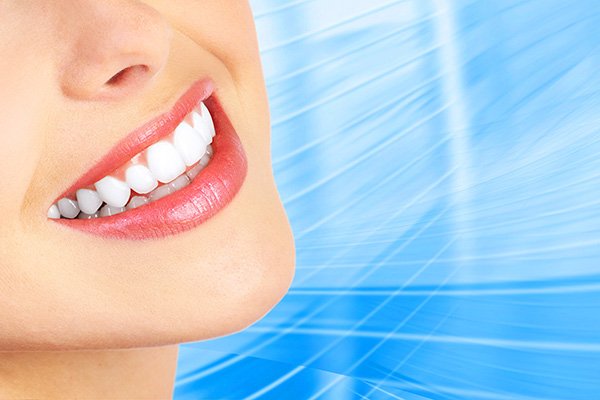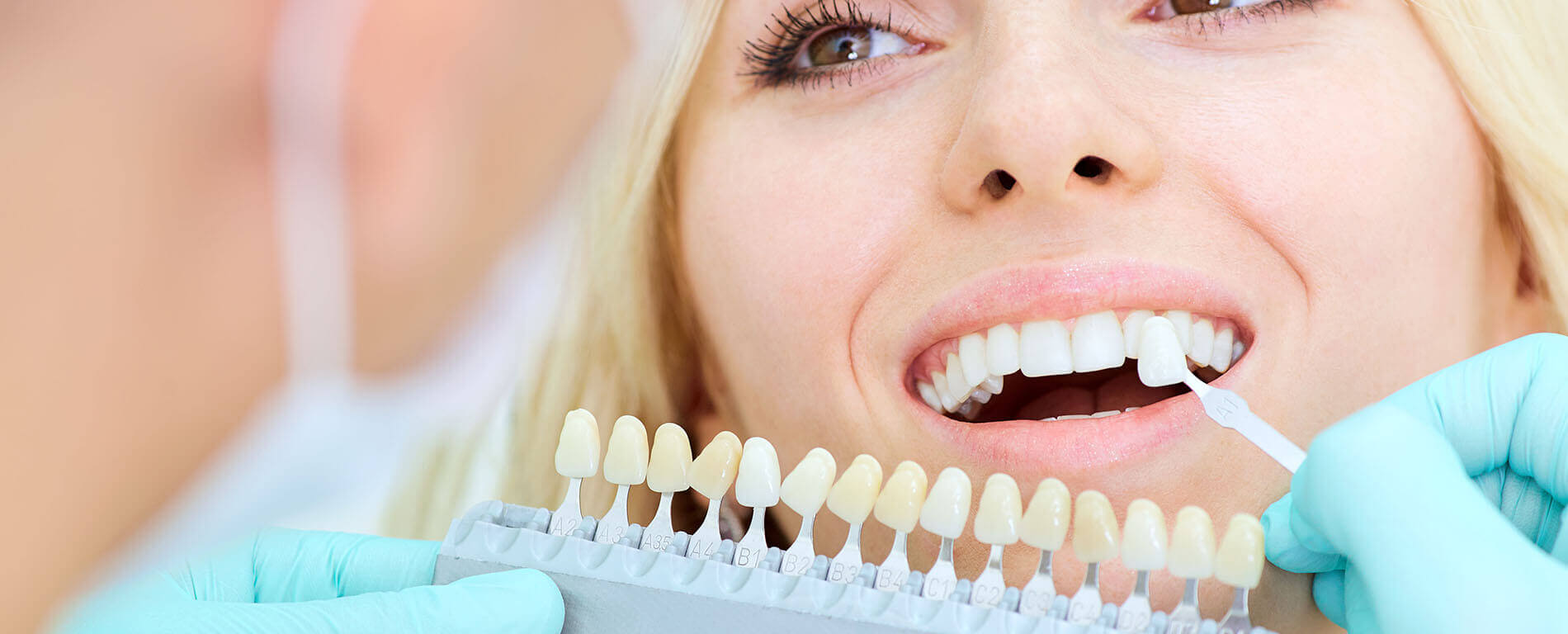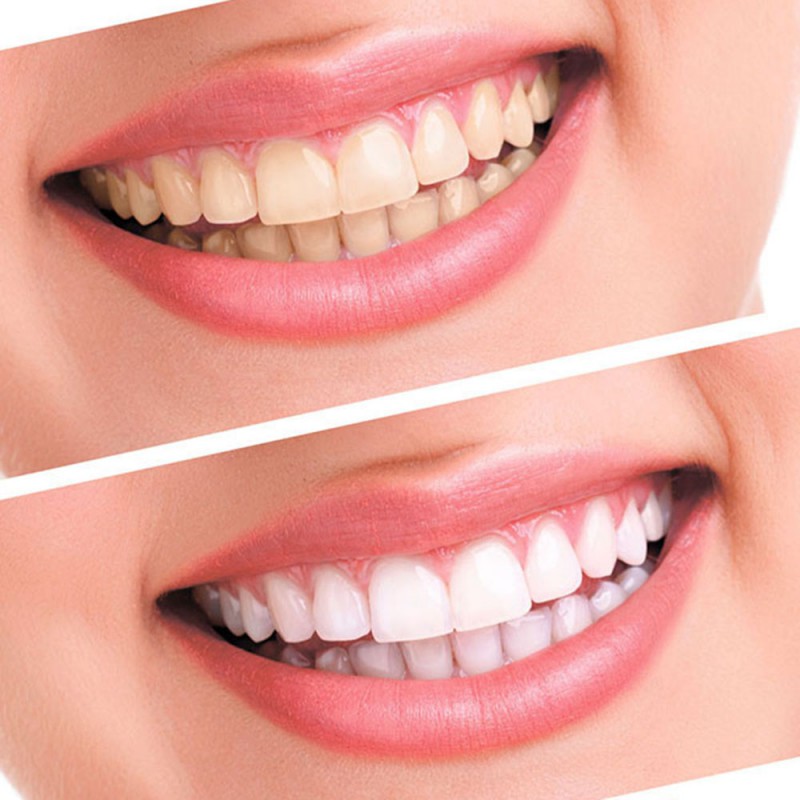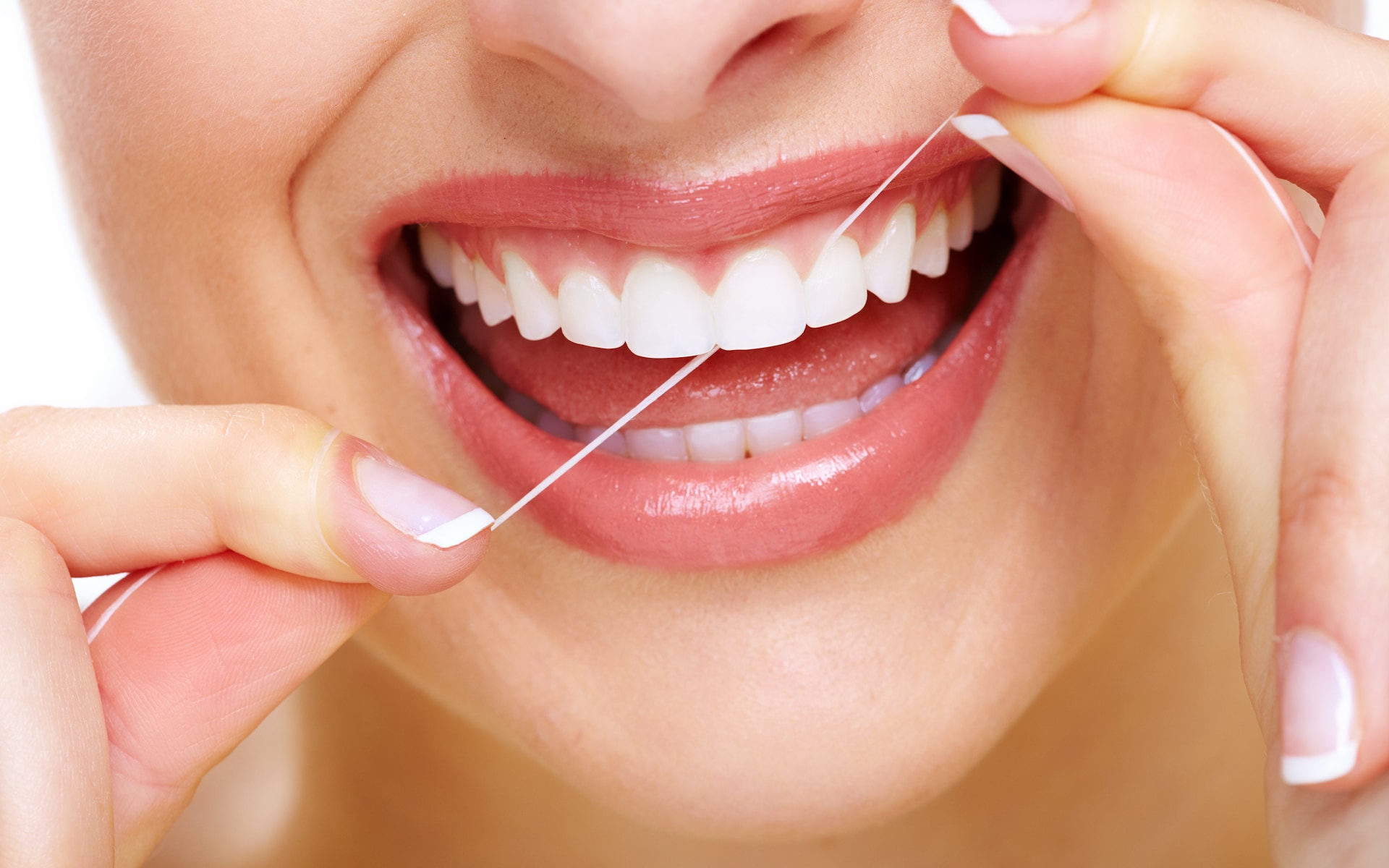Let’s talk about teeth whitening: what to avoid doing next? Today we will answer a question we are often asked, by patients who decide to perform professional teeth whitening treatment.
Bleaching, or tooth whitening, is a practice that is spreading widely throughout the world, given its low invasiveness and high ability to give a white and dazzling smile in a few sessions.
This type of treatment allows the enamel to be lightened and the teeth to be yellowed by simply applying a special gel to the surface, which is left on for a few minutes.
During the application of the gel, the dentist will favor his penetration into the enamel, through the use of a led lamp, equipped with a special blue light. It is a light that can activate the whitening product, allowing it to work better and faster.

As we have already seen in the dedicated article, oral whiteners mainly contain hydrogen peroxide (carbamide or hydrogen peroxide), so a slight dentinal sensitivity may occur, in the days following the application session.
Most people who undergo this type of teeth whitening treatment are prone to feel thermal stimuli and slight discomfort, which normally disappears gradually as the days go by.
How to protect teeth after bleaching
To protect the teeth after bleaching and to reduce the thermal sensitivity to heat and cold, initially completely normal at the end of each session, it is good to take some precautions. By following all the dentist’s recommendations to the letter, you can significantly reduce any side effects resulting from the use of oral whitening products.
First of all, it is good to get a good toothpaste containing delicate active ingredients, able to re-mineralize and fortify the enamel, to be used throughout the period in which one is subjected to the sessions and even afterwards.
Those who already have very sensitive teeth should, before starting the application cycle, consult the dentist, who will prescribe a desensitizing product, to be used in the previous days. In the case of subjects suffering from severe sensitivity, it may be necessary to postpone or completely avoid the teeth whitening procedure.
What not to do after bleaching
To maintain the results of dental whitening treatment and limit the side effects, it is good to avoid taking some foods and drinks, or otherwise reduce their intake to the minimum necessary, especially in the days following the session at the teeth whitening treatment dentist. Here’s what not to do after bleaching:

Don’t smoke or chew tobacco and limit your intake of coffee, tea, especially black tea and red wine, especially in the next two hours. This, in order not to risk nullifying the bleaching effect, as these are substances that strongly stain the enamel.
Do not consume fruit juices and soft drinks in large quantities. These substances have a high degree of acidity, so they could be aggressive towards the enamel, favoring their erosion and causing sensitivity.
Avoid putting very colorful and pigmented foods on the table, such as beets, berries, tomato, etc.
A good tip is to use a straw to drink acid or colored substances so that they are as little as possible in contact with the teeth. Furthermore, it would be a good idea to immediately rinse your mouth with water immediately after drinking a coffee or other heavily pigmented drinks.
After bleaching, it is essential to maintain excellent oral hygiene, then brush your teeth well at least three times a day, using dental floss, a toothbrush and a non-aggressive toothpaste on the enamel.


